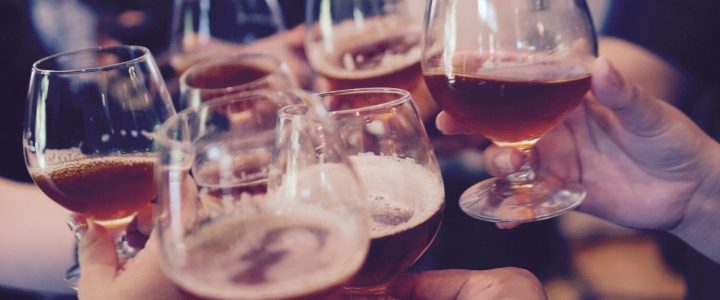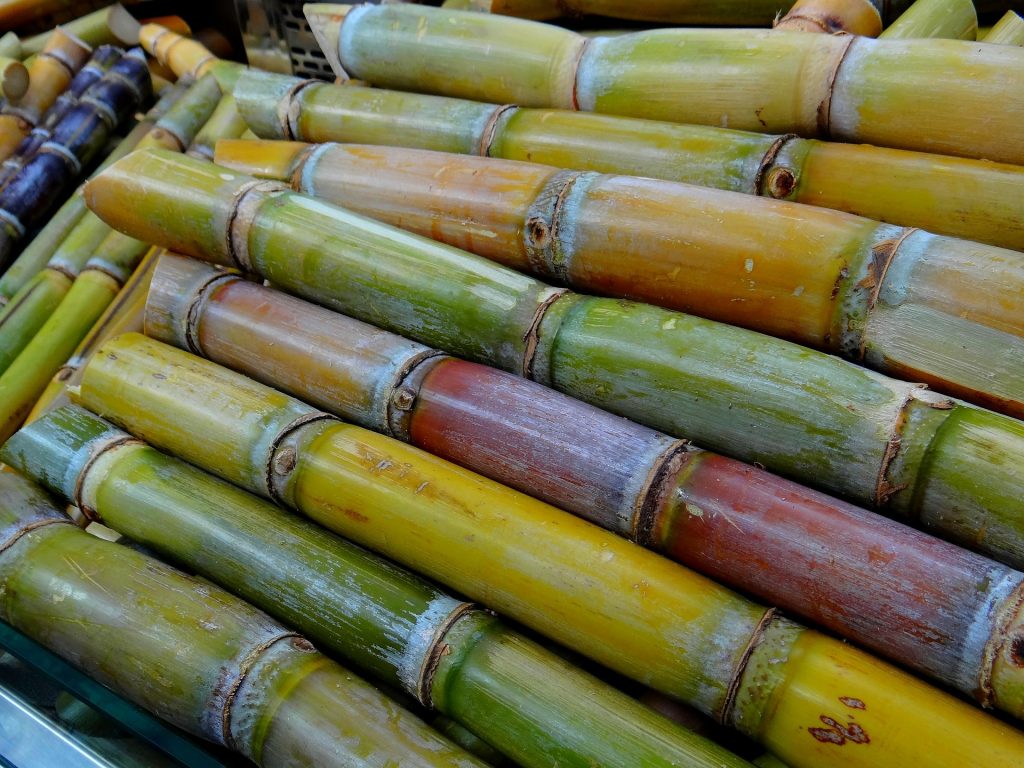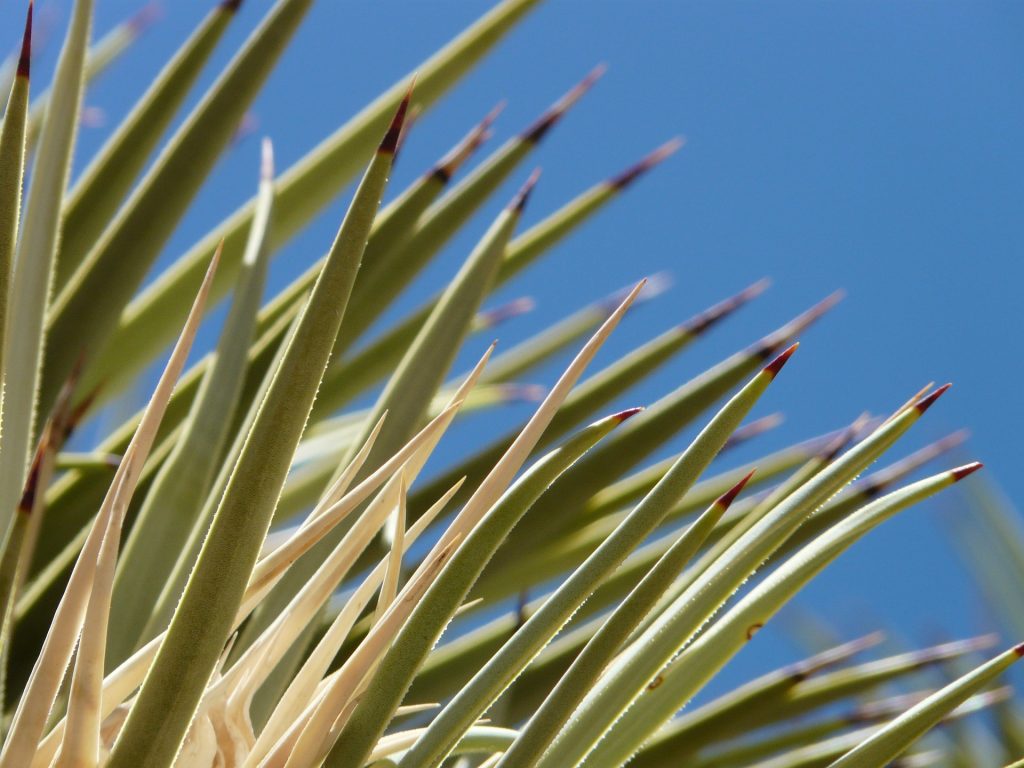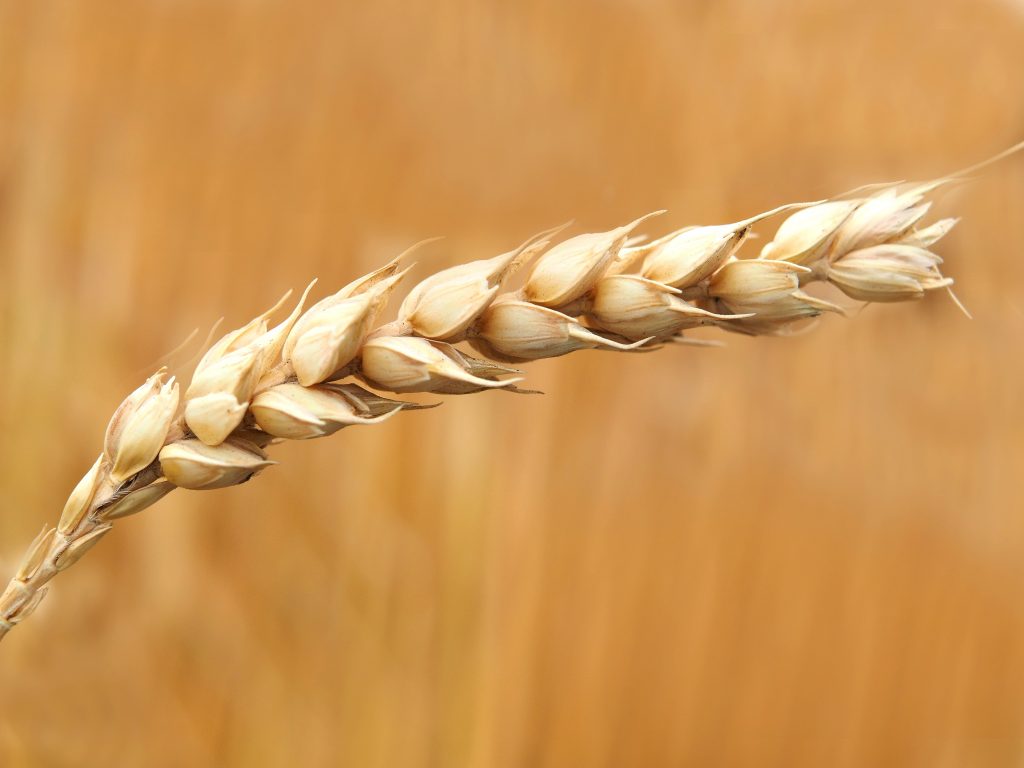
No conversation about sustainable consumption would be complete without turning our heads towards what we drink. We often consider the health ramifications of imbibing responsibly on our bodies, but it’s time we start considering that responsible drinking includes understanding the ramifications for our environment, as well.
To begin with, all alcohol is an agricultural product. Hops and grains for beer, grapes for wine, sugar cane for rum, agave for tequila, potatoes for vodka, etc. – all require land to grow, water, and fertilizer use. Healthy crops require healthy pollinators. Then there’s the actual production (brewing and distilling require a huge amount of energy), refrigeration and transport, and packaging to consider.
So, before your place your order with the bar, let’s look at what else is being added to your tab.
Wine

According to the EPA, agriculture contributes 24% of global greenhouse gas emissions. Wine growing makes up a small, but not insignificant, portion of that. And while much of those emissions are offset as the process of growing sequesters carbon in biomass, dead organic matter and soil, that bottle of cab still has a carbon footprint – your average bottle of which ranges from 0.68 to 2.68 kg of CO2e.
Because wine is only produced in specific regions of the world, be it Bordeaux or Napa Valley, it must often be transported long distances to reach wine drinkers, so most of that CF can be attributed to transport and packaging (glass bottles take energy to manufacture and recycle, on top of being heavy and prone to breakage). They account for 68% of the wine industry’s footprint. The rest can be attributed to the actual grape production and harvest, pesticide use, and the carbon dioxide released during the fermentation process.
Beer

Hot day, cold beer? Well, that frosty one will cost you between 300g CO2e for a pint at your local to 900g CO2e for a imported bottle from the grocery store. Like wine, a large portion of beer’s carbon footprint comes from transport and packaging. But an equally significant portion comes from the actual ingredients (which require more resources than wine) and the brewing process itself, which requires a considerable amount of electrical energy and natural gas in the heating, cooling, and moving of the liquid product. And then there’s waste disposal from the manufacturing end and the consumer end. Done with your beer? Don’t forget to recycle that can or bottle! Oh! And let’s not forget the energy cost of refrigerating that ice-cold brew.
Distilled Spirits

Feel like doing shots? Compared to beer and wine, distilled spirits use more energy, ounce for ounce, and nearly all the water used in productions emerges as waste. Rum is especially toxic to the environment as it’s made from molasses and cane juice, which can disrupt the microorganism balance in the places where it’s distilled.

Tequila is just as environmentally hazardous. For every liter of tequila, you get about 11 pounds of pulp and 10 liters of vinazas, or acidic waste — which ends up contaminating soil and water in Mexico’s Jalisco state, where most tequila comes from.

Single-malt whiskey distillation is often done with old-fashioned energy-guzzling pot stills.
Vodka and gin require more energy and water than most spirits since they must be distilled down and then diluted back to drinkable levels.
Still feel like that shot? On average, a 750ml bottle of liquor has a carbon footprint of 2.85kg of CO2e.
Happy Hour
Can responsible drinking fit into a sustainable lifestyle? Of course. Sustainability is on the forefront of many conversations these days, and the booze industry is no exception. First and foremost, check your labels and do your research. Look for companies that have committed to reducing their emissions, properly managing and lowering their waste, and are dedicated to transparency. If you can’t get info about a product, it’s probably not one you want to consume.
Wine makers like French Rabbit are experimenting with lighter, more durable and more environmentally friendly packaging options to the classic tapered bottle including lined cardboard cartons, bioplastic bag in box, aluminum cans and pouches. Lighter packaging will lower the carbon cost of transport and recycling. So, give these a try! Many restaurants now even offer wine “on tap.” This kind of bulk packaging reduces the wine’s carbon footprint and is also reusable just like a beer keg.
When you feel like a beer, reach for a pint before a can, and a can before a bottle. Kegs are almost eternally reusable and cans are 100% recyclable. If you have a local that sells them, grab a growler. They are endlessly refillable.

When it comes to the hard stuff, again, it’s all about research. Look for companies sourcing their ingredients locally, repurposing waste products (spent mash and carbon from distillation makes for great animal feed and fertilizer), choosing clean energy and using greener packaging. You can even pick your poison based on how a company gives back to the environment. For example, Novo Fogo is involved in a reforestation project in Brazil, while Jack Daniel’s partnered with the University of Tennessee to develop and oversee a sustainable orchard to supply the company’s sugar maple and white oak needs.
Also, don’t forget to keep it simple with the mixers as they will add an additional carbon tax to your bar tab. Exotic juices – pass! Local ingredients – go for it!
You can drink responsibly for yourself AND the environment! We’ll toast to that!



